Serving as a pivotal logistics nexus between the USA and Europe, the region boasts a burgeoning export profile, notably dominating Portuguese cheese production by over 50%. The archipelago is currently charting a course for its blue economy’s prosperity with proposed vast marine protected areas spanning 185,000 square miles. The autonomous region is also a leader in renewables, with 60% of its green energy mix coming from geothermal sources. Under the dynamic Azores Brand, the region proudly showcases its diverse offerings – from acclaimed local wines to the EU’s sole tea production – rooted in a heritage of eco-conscious traditions.

The nine islands have solid ties with the USA, exemplified by the US Department of Defense’s $23 million investment in the local Lejas Base in 2023, its largest annual allocation in 18 years. The local government has recently expressed interest in collaborating with the USA in its sea, energy and space sectors, with Portugal recently allocating annual funding of $10.25 million on its new space agency located on Santa Maria Island. Anticipating a surge in American tourism, Azores Airlines is poised to expand its routes from major US hubs like New York City and Boston in 2024. Garnering acclaim as the World’s Best Adventure Destination at the 2023 World Travel Awards, the islands beckon ecotourists with cascading waterfalls, azure lagoons and majestic volcanoes, promising an unforgettable adventure.
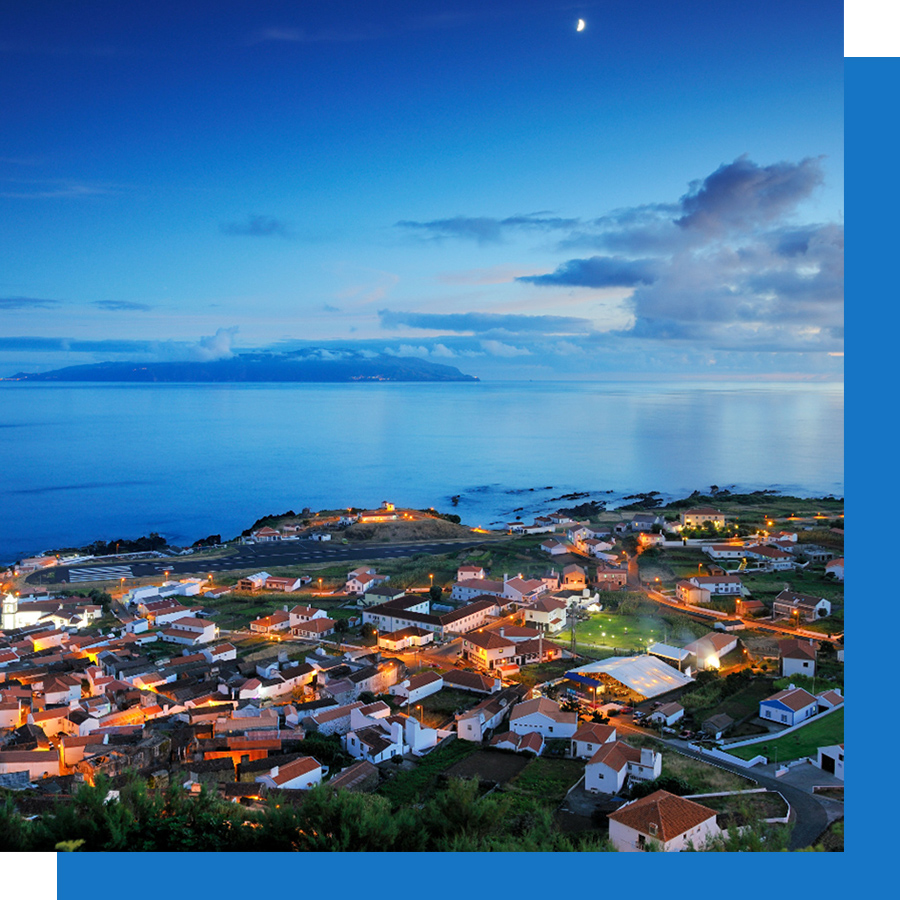
US – Azores relations
The Azores have a particular relationship with the US and there are over a million citizens in the US of Azorean origin while the US consulate in Ponta Delgada is over 225 years old, and is the oldest in operation in the world. Many of the emigrants to the US are in the Boston, MA area. The Fulbright program also sees students from the Azores going to the US to study whilst US tourists are the third most common across the islands, after mainland Portugal and Germany. There could be many more, when counting dual nationals too.
The Azores and the US are also connected through the Lajes Air Base on the island of Terceira Island which is home to the Portuguese Air Force Base Aérea N º4 and Azores Air Zone Command, a United States Air Force detachment unit. The base dates to 1928 and has supported everything from local communities after natural disasters to a refueling stop and forward base for operations in Afghanistan and Iraq.
Sustainability
The nine islands of the Azores became the first archipelago region in the world certified as a Sustainable Tourist Destination, having achieved a “Silver Level IV” in December 2023 recognizing leadership in terms of tourism sustainability. This in itself is an upgrade: it was originally recognized as a sustainable destination in 2019 by the Global Council for Sustainable Tourism and achieved silver level III in 2022. Forty percent of the electricity produced in the Azores comes from renewable sources and 55% of municipal waste is recovered with a recycling rate of about 80% while 99% of the water found on the islands is potable. Only 5% of the landmass is built up in urban areas. The government has a sustainability charter and aims to support the adoption of the principles of the 2030 Agenda and align with the UN’s 17 Sustainability Goals. As far back as 1972, the local government created the Natural Reserves of Faial and Pico mountain and in 1983 UNESCO recognized the Historical centre of Angra do Heroismo as World Heritage.
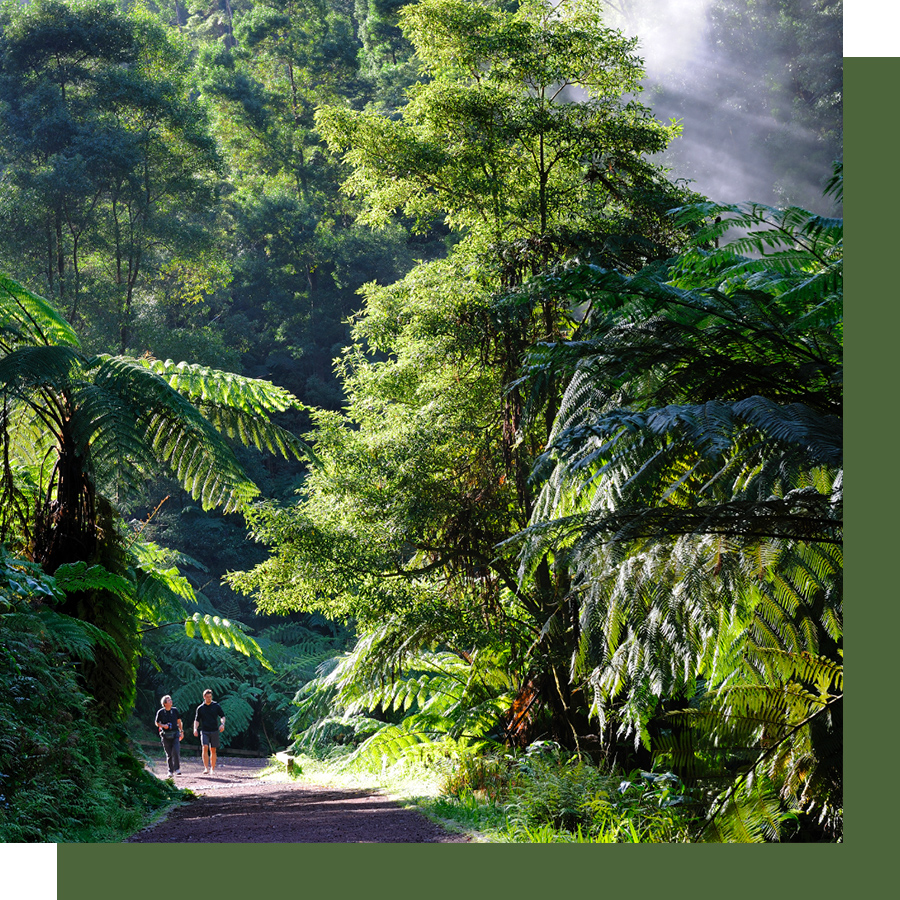
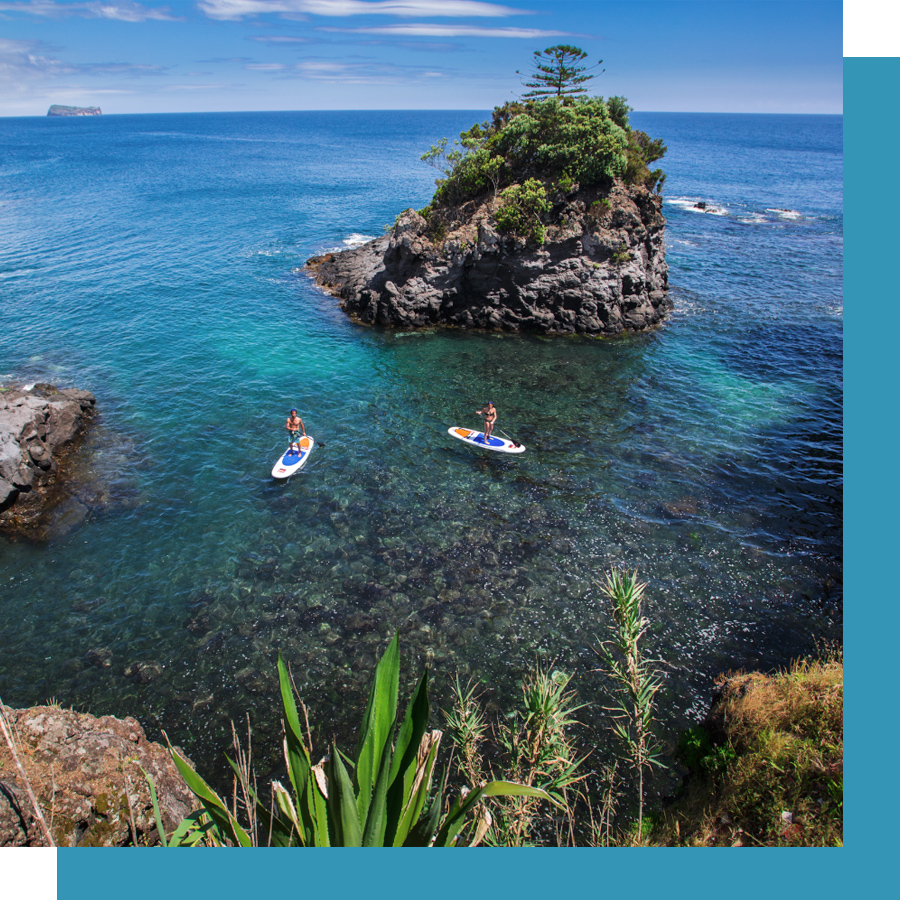
Adventure tourism
Climbing down and swimming in pools in the Azores’ many canyons, zip lining, kayaking and something called coasteering, which consists of walks, rock climbs and jumping off cliffs. All of these can be done across the Azores and not just on the coast: the Sete Cidades is a twin lake system located in a volcanic crater on São Miguel island and, as well as the panoramic views from the Vista do Rei viewpoint, they offer kayaking or paddle boarding on the waters. The Red Bull Cliff Diving World Series has also visited the archipelago bringing world class competitors and spectators to its shores.
Nine volcanic islands in the middle of the Atlantic means oceanic currents intersect and create ideal conditions for surfing and windsurfing too with reliable beach and point breaks while scuba diving is possible underneath the waves between May and October.
Renewable energy
The Azores has a long history of environmental protection which has given the archipelago its reputation as a sanctuary of biodiversity and geodiversity and one of the favourite locations for Nature Tourism. The Azores currently generate about 40% of their electricity from renewables, 60% of which come from geothermal energy. The remainder is provided mainly through wind and hydroelectric power. At the end of August, a contract for the construction of a new 12-MW geothermal power plant in Pico Vermelho was awarded which will double existing installed capacity at the site and overall will significantly increase the production of electricity from renewable sources on the island of São Miguel, with significant contributions to the Azorean energy mix.
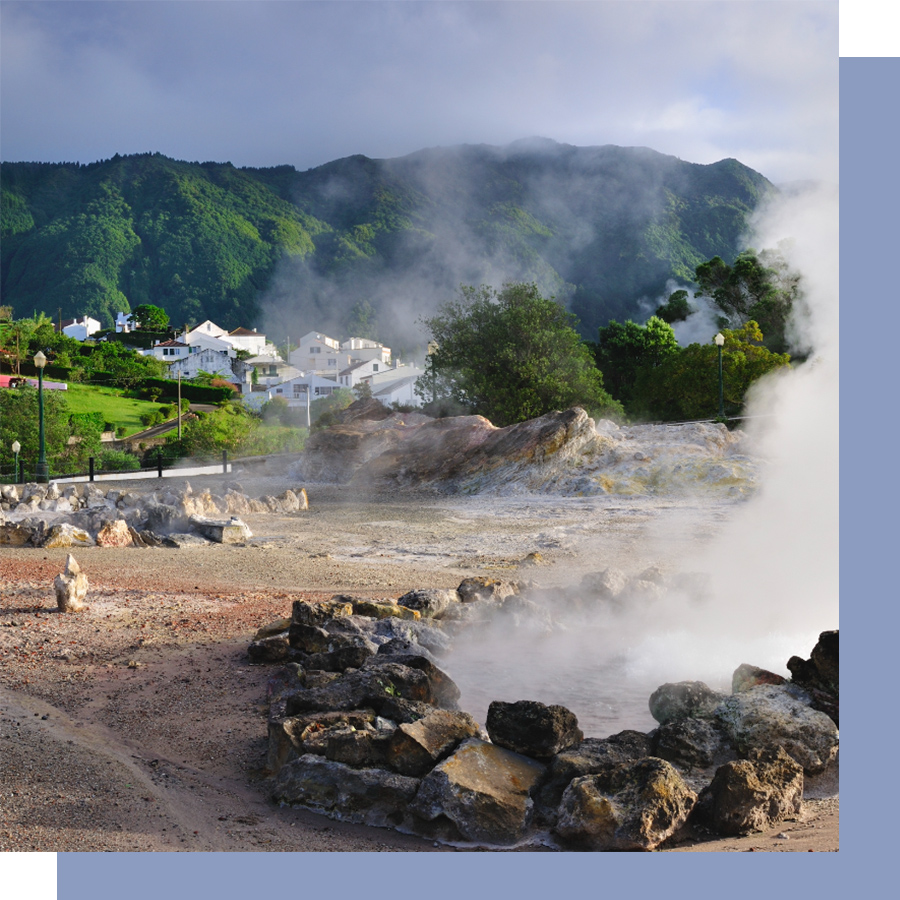
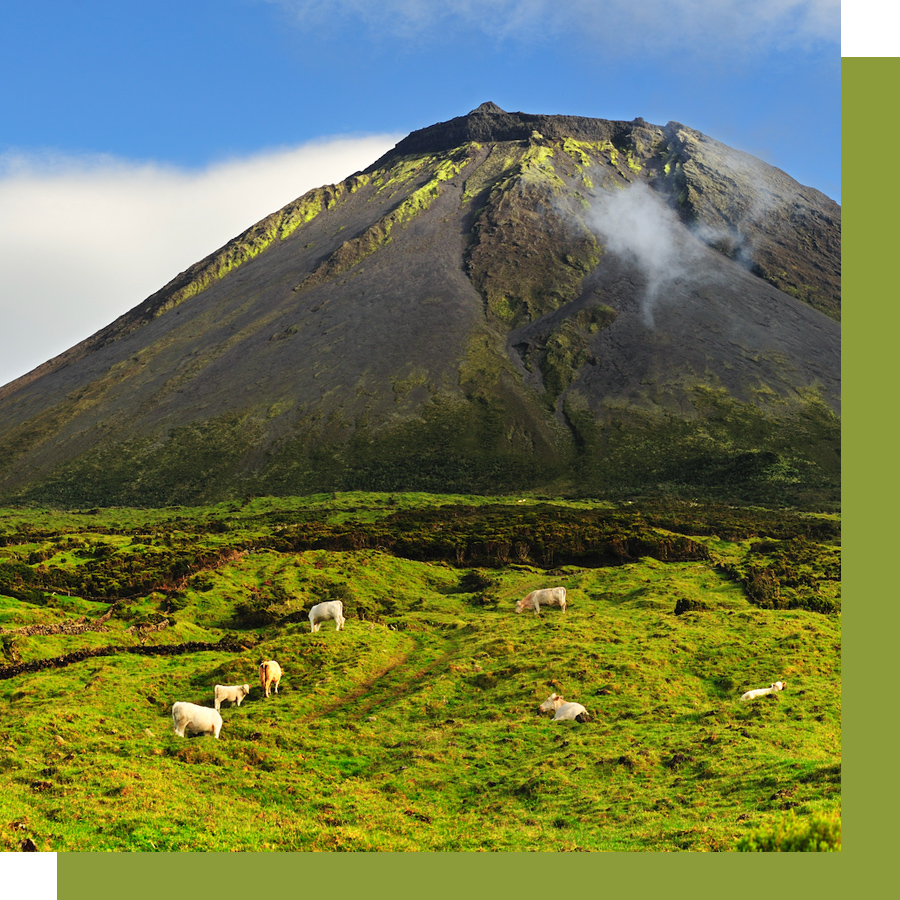
Agri-food exports
The Agrofood sector occupies an important place in the economy of the Azores archipelago and the excellence of its agricultural products is mainly based on the natural advantage of the Azores in the production of milk and meat, the existence of a structured sector in this field and know-how in milk processing. In 2023, the Azores reached the highest value for the shipment of agricultural goods, with a total of €458.18 million, having grown from €33.91 million in 2014 and up to 2023, around €469 million of investment went into the agricultural and forestry sectors. The subtropical climate makes the Azores one of the few locations where crops can grow all year round with volcanic soil feeding minerals and nutrients into the plants. Wine and olive production is growing, increasing the size of Portugal’s olive oil industry. The islands also claim to grow the world’s best pineapples. Sixty percent of the land area is occupied by agricultural activity and 31% by forests; agriculture across the islands accounts for 11,313 full-time jobs, approximately 9% of the total employed population.
